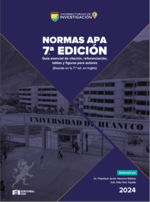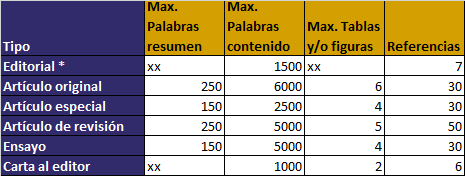La Catrina as a Specter of Seduction in the Paintings of Elsa Quiñones
DOI:
https://doi.org/10.37711/desafios.2024.15.2.433Keywords:
contemporary art, culture, Mexico, death, paintingAbstract
Written from the perspective of the philosophy of art, this essay seeks to confrm the thesis that the work of Mexican visual artist Elsa Quiñones—particularly her representations of the mythical figure La Catrina—can be interpreted through Jean Baudrillard’s concept of seduction. Through the selection of two of her skulls, adorned with vibrant colors, petals, birds, braids, and abundant ribbons, it becomes evident that ritual and death—fundamental dimensions of this seduction—are key elements in Quiñones’s aesthetic. Her Catrinas seduce us through death, mitigating the randomness of an accidental encounter with those who behold them; and through ritual, they reemerge into life through the artist’s hand, as the eternal return of a sacred and primordial ceremonial form.
Downloads
References
Barrios, B. (2015). Tres momentos críticos de la Teoría Fundamentada Clásica. Sapiens. Revista Universitaria de Investigación, 16(1), 31-47. https://lc.cx/KWovyG
Baudrillard, J. (2000). De la seducción (E. Benarroch, trad.). Cátedra. (Original publicado en 1979).
Flyvbjerg, B. (2006). Five misunderstandings about case-study research. Qualitative Inquiry, 12(2), 219-245. https://lc.cx/ohKaxa
Fuentes, Y. (30 de octubre de 2018). La Catrina: de dónde viene la popular calavera que se usa en México para celebrar el Día de Muertos. BBC News Mundo. https://lc.cx/h4YZ6_
González, K., García, L., Pérez, F., y Vicencio, M. (30 de septiembre de 2024). ¿Cuál es el origen de la Catrina? Vogue 25, México y Latinoamérica. https://lc.cx/cGfM_y
Pineda, A. (2011). La flosofía del arte en la época del fn del arte. Práxis Filosófca, (32), 249-267. https://lc.cx/iR7e0A
Pintores Mexicanos. (s.f.). Elsa Quiñones. Artista Visual Mexicana. https://lc.cx/15Ey2E
Quiñones Arte, Elsa [Elsa Quiñones]. (27 de octubre de 2022) en México [Imagen de Facebook]. Facebook. https://lc.cx/ke-YFE
Rivera, S. (28 de octubre de 2020). La Catrina y su historia para el Día de Los Muertos. Los Angeles Times. https://lc.cx/OidRWm
Rocca, P. (30 de junio de 2021). Legado y vigencia del Arte Naïf en Uruguay. Revista Dossier. https://lc.cx/3dDV77
Secretaría de Bienestar. (31 de octubre de 2018). Fonart nos cuenta la historia de una de las piezas emblemáticas de esta época de Día de Muertos: La Catrina. Gobierno de México. https://lc.cx/kkyJ_z
Stake, R. (2007). Investigación con estudio de casos (R. Filella, trad.). Morata.
Territorioscore. (s.f.). Los colores mexicanos de Elsa Quiñones en Oaxaca. https://lc.cx/qkVCaa
Tres minutos de arte. (24 de diciembre de 2019). El primitivismo en la
modernidad. https://lc.cx/-cZDBW
Vegas, H. (2016). La teoría fundamentada como herramienta metodológica para el estudio de la gestión pública local. Revista Venezolana de Gerencia, 21(75), 413-426. https://lc.cx/G1OT2J
Warner, R. (1996). César Imperial (M. Álvarez de Toledo, trad.). Altaya. (Original publicado en 1960).

Downloads
Published
How to Cite
Issue
Section
License
Copyright (c) 2025 Leopoldo Tillería Aqueveque

This work is licensed under a Creative Commons Attribution 4.0 International License.
a. Los autores conservan los derechos de propiedad intelectual (copyright) de las obras publicadas, cediendole a la revista el derecho de primera publicación.
b. Los autores retienen sus derechos de marca y patente, y también sobre cualquier proceso o procedimiento descrito en el artículo.
c. Los autores retienen el derecho de compartir, copiar, distribuir, ejecutar y comunicar públicamente el artículo publicado en la RD (por ejemplo, colocarlo en un repositorio institucional o publicarlo en un libro), con un reconocimiento de su publicación inicial en la RD.
d. Los autores retienen el derecho a hacer una posterior publicación de su trabajo, de utilizar el artículo o cualquier parte de aquel (por ejemplo: una compilación de sus trabajos, notas para conferencias, tesis, o para un libro), siempre que indiquen la fuente de publicación (autores del trabajo, revista, volumen, número y fecha).























